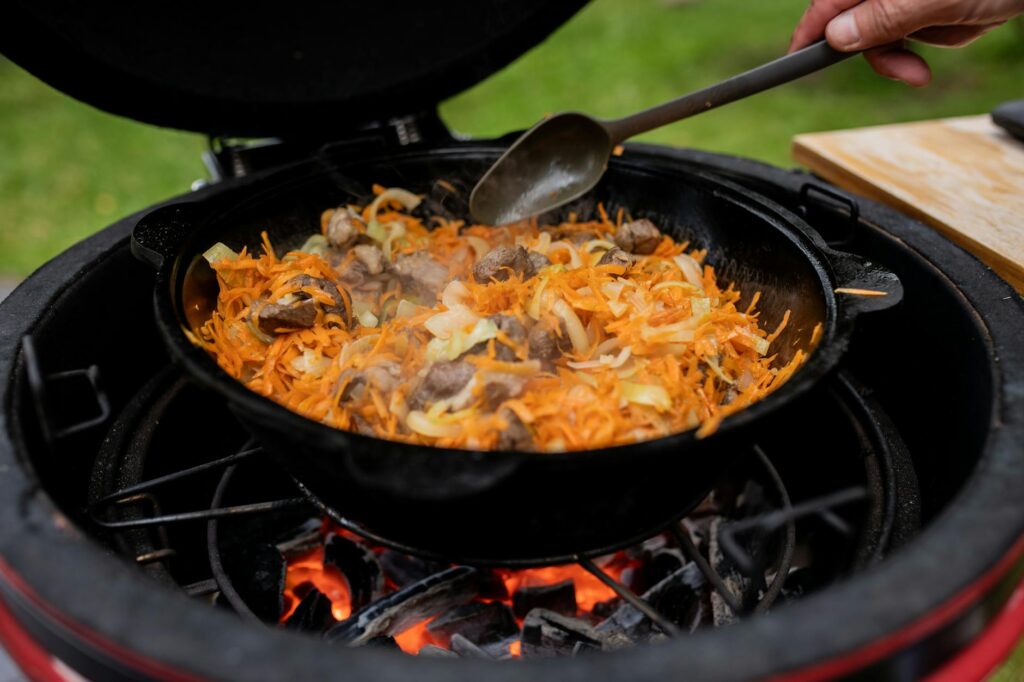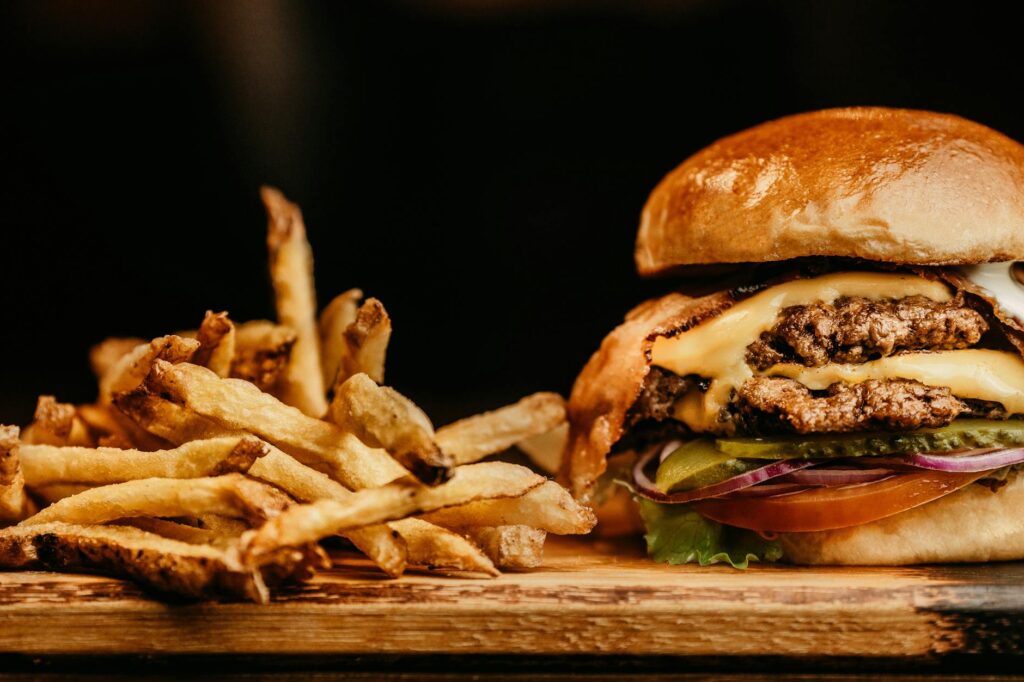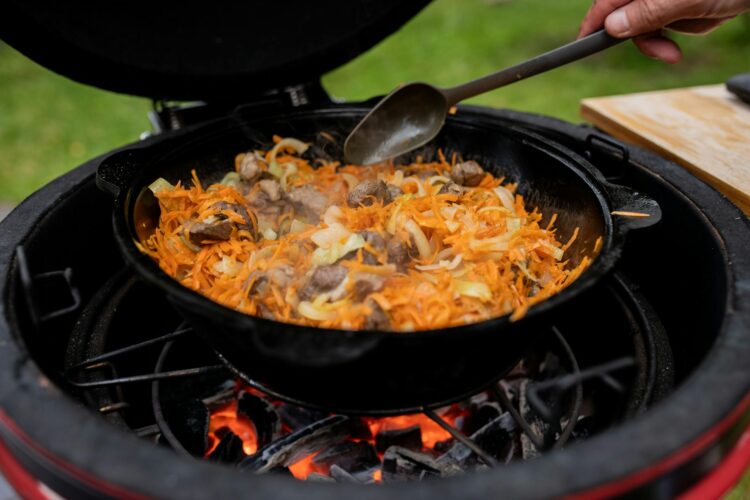Austria and Hungary, two neighboring countries with rich culinary traditions, offer some of the most satisfying dishes in Central Europe. Today, we’ll explore two iconic examples: the Viennese Schnitzel and Hungarian Goulash.
Wiener Schnitzel: A Viennese Icon
The Wiener Schnitzel, a thin, breaded, and pan-fried cutlet of veal, is arguably Austria’s most famous culinary export. Its origins are debated, but its crispy exterior and tender interior have captivated palates for centuries. The preparation is deceptively simple, yet mastering the perfect golden-brown crust requires practice.  A perfectly prepared Wiener Schnitzel is served with a lemon wedge, allowing diners to adjust the acidity to their preference. Many restaurants serve it with potato salad or Erdäpfelknödel (potato dumplings). For a deeper dive into Austrian cuisine, check out this resource: Austrian Food Blog
A perfectly prepared Wiener Schnitzel is served with a lemon wedge, allowing diners to adjust the acidity to their preference. Many restaurants serve it with potato salad or Erdäpfelknödel (potato dumplings). For a deeper dive into Austrian cuisine, check out this resource: Austrian Food Blog
The Art of the Schnitzel: Preparation and Variations
While veal is traditional, you can find variations using pork or chicken. The key to a great Schnitzel lies in pounding the meat thinly and evenly to ensure even cooking. The breading, usually a combination of flour, egg, and breadcrumbs, is crucial for achieving that signature crispiness.  Learn more about breading techniques and discover how to create the perfect crust for your Schnitzel. There are many regional variations; some include herbs or spices in the breading for extra flavor.
Learn more about breading techniques and discover how to create the perfect crust for your Schnitzel. There are many regional variations; some include herbs or spices in the breading for extra flavor.
Hungarian Goulash: A Hearty Beef Stew
Across the border in Hungary, Goulash reigns supreme. This hearty beef stew, rich in paprika and other spices, is a cornerstone of Hungarian cuisine. Unlike the quick-fried Schnitzel, Goulash is a slow-cooked dish that develops deep flavors over time. The paprika, often a mix of sweet and spicy varieties, provides a distinctive reddish hue and adds complexity to the stew. [IMAGE_3_HERE] You can find many variations depending on the region and family recipe, but the base of beef, onions, and paprika remains consistent.
The Essence of Goulash: Paprika and Beyond
Paprika is the soul of Goulash, but other ingredients play essential roles. Onions are typically caramelized to enhance sweetness, while other vegetables like carrots and potatoes add heartiness and depth. Check out our recipe for classic Hungarian Goulash. The slow cooking process allows the flavors to meld beautifully, creating a rich and satisfying stew perfect for a chilly evening. For a more in-depth understanding of Hungarian spices, see this Hungarian Spice Guide.
Serving Suggestions and Pairings
Both Wiener Schnitzel and Goulash are incredibly versatile dishes. The Schnitzel pairs perfectly with a crisp, dry white wine, such as a Grüner Veltliner. Goulash, with its rich flavors, often benefits from a full-bodied red wine, like a Cabernet Franc or a robust local Hungarian wine. [IMAGE_4_HERE] Serve the Schnitzel with a simple side salad and potato salad, while the Goulash shines on its own or with crusty bread for dipping. For a unique twist, try serving Goulash over egg noodles.
Conclusion
Whether you crave the crisp perfection of a Wiener Schnitzel or the comforting warmth of Hungarian Goulash, these iconic dishes represent the best of Central European cuisine. Both offer a unique culinary experience, showcasing the regional ingredients and cooking styles. Explore other regional variations and enjoy the deliciousness!
Frequently Asked Questions
What is the best type of meat for Wiener Schnitzel? Traditionally, veal is used for its tender texture, but pork or chicken can also be used.
How long should Goulash simmer for optimal flavor? At least 2-3 hours, preferably longer, for the flavors to fully develop.
Can I make Goulash in a slow cooker? Absolutely! A slow cooker is perfect for Goulash, allowing the flavors to meld beautifully.
Are there vegetarian versions of these dishes? Yes, you can find vegetarian versions of both using substitutes like mushrooms or tofu.
Where can I find authentic recipes? Many excellent resources are available online and in cookbooks specializing in Austrian and Hungarian cuisine; a great place to start is this website.
